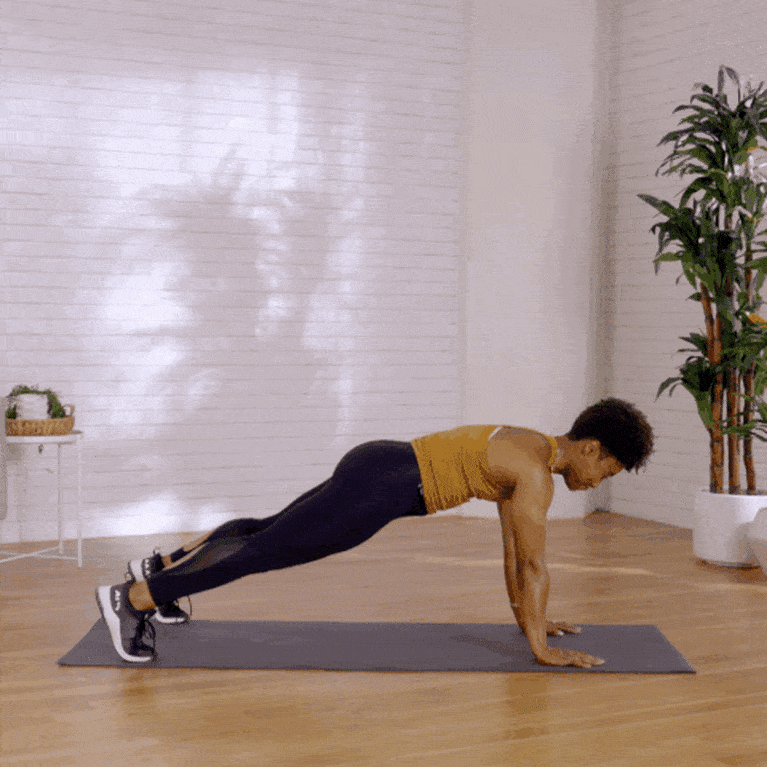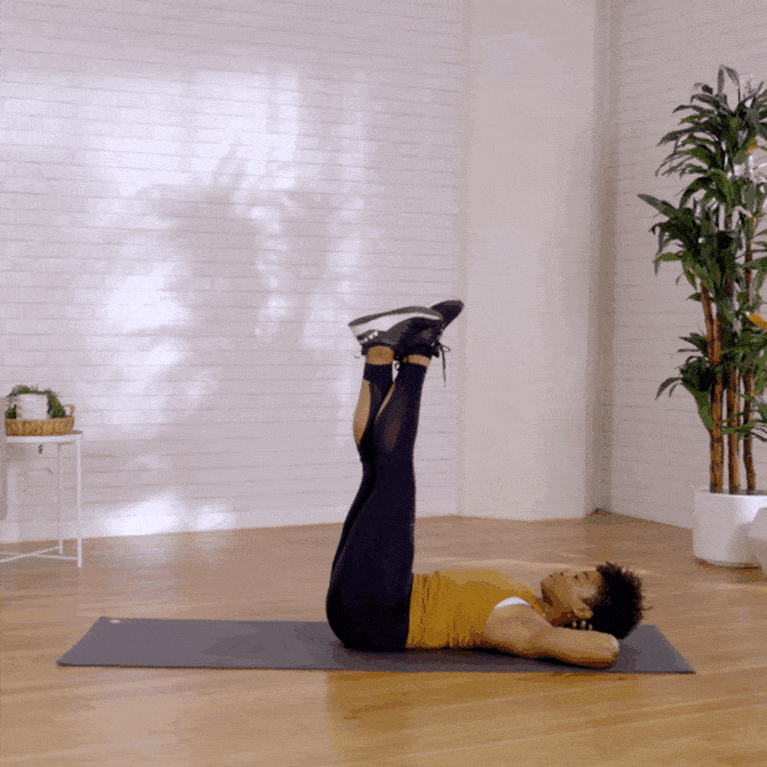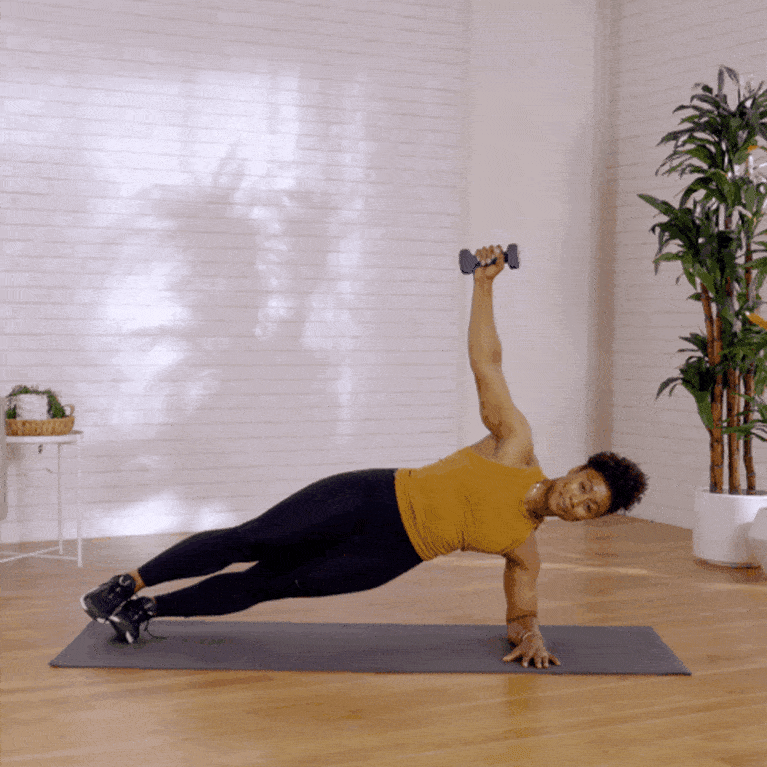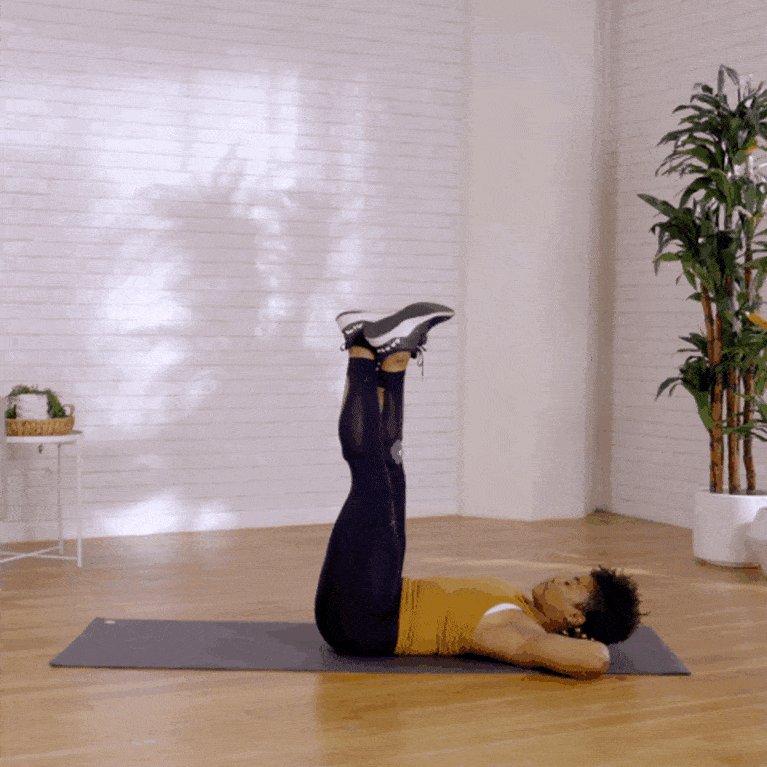Your core muscles; made up of muscles in your abdomen, back, glutes and pelvis, are essential in supporting almost every movement you make. Core muscles stabilize your entire body, allowing you to perform daily movements like walking, bending, picking up your kids and even keeping an upright posture. A strong core can reduce and alleviate back pain, fatigue, and imbalances in your joint alignment. Chiropractors often recommend exercises their patients can do at home to strengthen core muscles. Engaging your core during a workout also helps you move more efficiently, increase your strength, and take pressure off of the spine. Below are 5 core-strengthening moves you can do at home, all you need is a dumbbell.
To break it down, the core is composed of the muscles that run the length of your trunk. This includes the back, abs, glutes, and even the diaphragm. To get more technical, your multifidus, erector spinae, rectus abdominis, transverse abdominis, obliques, and pelvic floor play a large role—and to a lesser degree, your latissimus dorsi, trapezius, and gluteus muscles.
That’s a lot to take in, but just know that paying attention to this valuable group of muscles is so important. For the purposes of this workout, we’re going to focus on non-glutes core strength. In this 5-move routine, you’ll find your strength by working to control torque and rotation, firing up the obliques, and calling on lower abdominal control—all with one single dumbbell.
Workout Summary
- Time: 20 minutes
- Equipment: Single dumbbell
- Instructions: Complete three sets of 8 to 12 reps of each exercise. Move from one exercise to the next with some rest in between.
Plank Walkover

- Find a plank on your hands: feet shoulder-width apart, palms pressing the floor away, and tip your tailbone toward the back of your knees to shorting the distance between the high hip and the low ribs.
- One arm at a time, drop down to your elbows, then lift back up to your hands.
- Each time you land back on your hands is one rep.
- Note: This exercise can be modified by planking on your knees.
Corkscrew

- Lie down on your back and stack your hands to make a pillow for your head.
- Cross your legs, feet to the sky.
- Lower your legs tracing a small imaginary clock moving clockwise.
- When you hit 12 o’clock, lift your tailbone off the floor like you’re trying to touch your toes to the ceiling.
- Repeat counterclockwise.
Weighted Side Plank

- Find a side plank on your elbow keeping the body tight from your feet to your shoulders.
- For the arm on the floor, press your elbow down toward your hips to create stability.
- With a dumbbell in your free hand, lower weight to tap the floor and back up to the sky.
- Resist the temptation to allow the hips to rotate toward the sky or the hips to push backward.
- Note: This exercise can be modified by side planking with your knees on the floor.
Weighted Leg Lower

- Lie down on your back and stack your hands to make a pillow for your head.
- Sandwich a dumbbell between your legs and lengthen your legs to the sky.
- Keeping your ribs down, lower the legs down to the floor, then return to the starting position.
- Note: This exercise can be modified by removing the dumbbell. Make sure the low back doesn’t flex and extend as you work. Your low back doesn’t need to touch the floor, but it shouldn’t lift and lower throughout the exercise.
Windmill

- Stand with feet just outside of shoulder width.
- Turn one leg out about 30 degrees.
- Hold the dumbbell in the hand with the turned-out leg.
- Reach your other arm up to the sky.
- Like you are tracing your turned-out leg, lower the weight down toward your foot, bending over without twisting your chest to the floor.
- Using your obliques, lift back up to the start position.
Please remember that it is important to consult your doctor before starting a new exercise routine, and that the advice in this article doesn’t replace personalized medical advice from a professional. . Email us at info@evolvevancouver.ca to learn more or to book an appointment with one of our experienced chiropractors.